Saint John the Baptist – what a great saint he was! Source of wonderful stories of strength and piety, meeting a dramatic ending that has fuelled many gory images and theatrical overkill for years. His feast day is June 24, tonight is the Eve and an excuse for celebrations in many countries over many centuries. It’s handy that his feast day also happens to be midsummer – the middle of the year and a marking point for many. I think of it as a magical time.
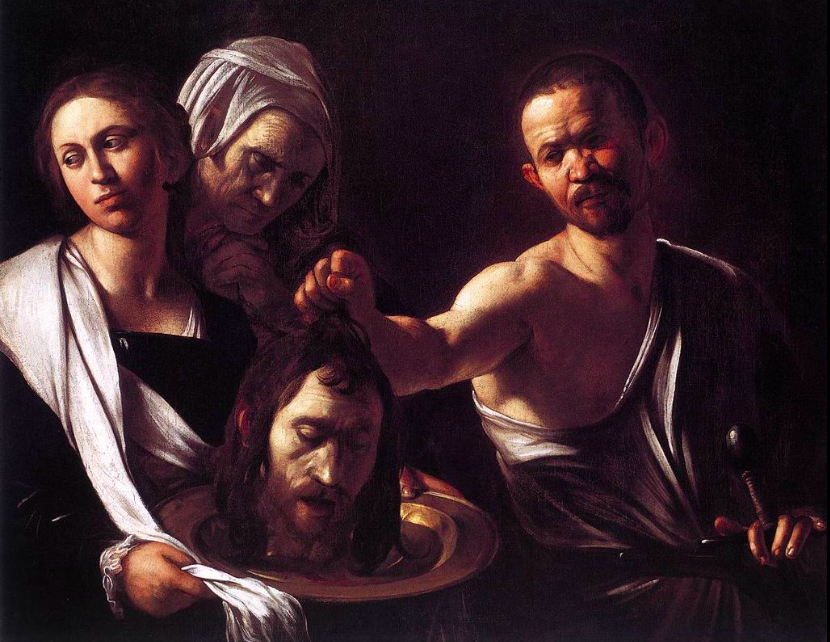
St John – Saint Jean Baptiste – Sant Hans – San Giovanni.
These are the names that have marked each midsummer through my life, and from the earliest years they have made me feel more and more at a remove from the place I still often call home – Dublin.
Our family holidays were spent in Connemara, in the deep west of Ireland, at the unoccupied house of my aunt and uncle – a bungalow perched on a small empty lake with shelves of books, card games to play, four bedrooms to be fought over, turf for the fire (yes, in summer) and no access to drinking water anywhere west of Salthill on the edge of Galway city. As the (clueless) youngest I found myself tagging along with whatever was happening and I have memories, foggy but still there, of being at the house for at least one “St John’s” and joining the local teenagers who were going strangely crazy around a messy bonfire. They were kind to let us Dublin intruders (jackeens) enjoy the moment with them, well they seemed to through their chatting to each other in an Irish I never learned to understand. They had clearly been building up the bonfire for days in a patch well-hidden away from the road, one field through the maze of stone-walled partitioned fields we spent hours navigating in the least rainy of daytimes. Those were my first moments of seeing a parallel life to my own, a glimpse into what it could be like to grow up, to live somewhere other than my world in suburban Dublin.
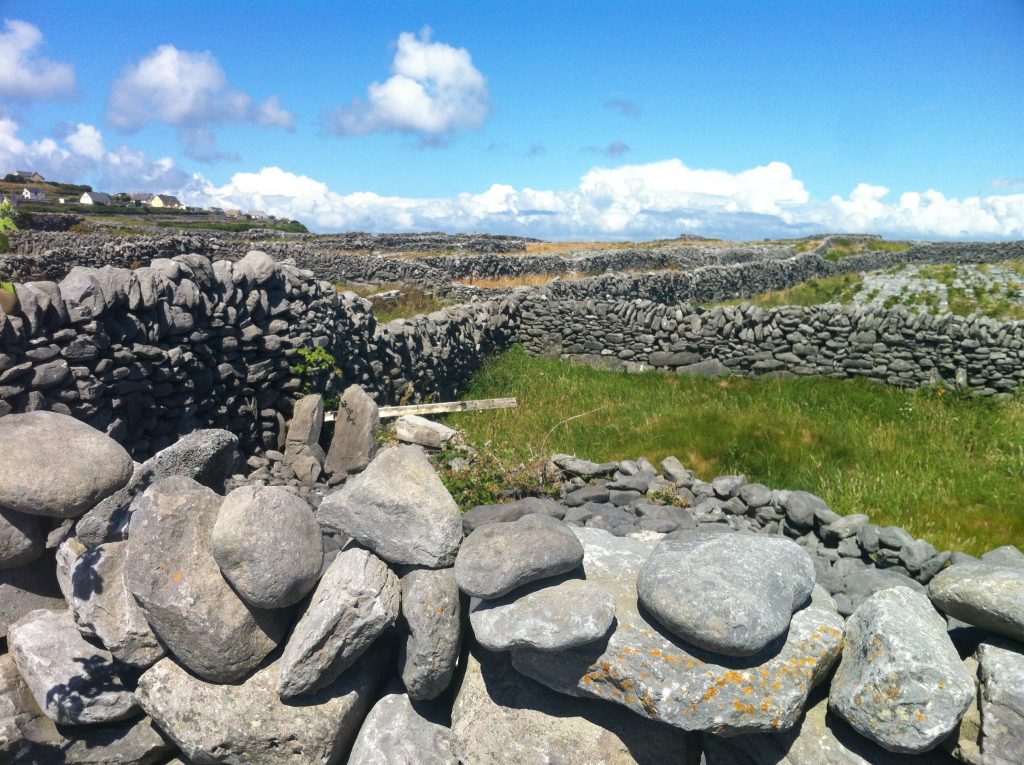
My husband is from the western folds of Canada but he’s always been a Francophone and held a candle for the romance held for Jean Baptiste in France and Quebec. Always the political type, he travelled with college friends to Quebec in 1995 to persuade the locals to vote “Non!” in the referendum about leaving Canada – over 20 years before today’s vote today in the UK. The result was very tight, and the union held. (There continues to be a sense of two solitudes in Canada, though our man Trudeau junior is doing his darndest.) The main Quebec holiday is actually on June 24 – La Fête de la Saint-Jean-Baptiste, or just La Saint-Jean. This always seemed a much more festive day in Canada, those French Canadians knowing much better how to have fun than the rest of the country on the other official holiday of July 1st – Canada Day. Indeed many Quebecois would choose that day to make their annual move from one rental apartment to another – sorry, we’re busy. During our time living together in Canada we lived in several diverse places, but never managed to set up home in Quebec (or have to deal with its separate immigration process) – so for us it keeps its mystique. Another “other” place.
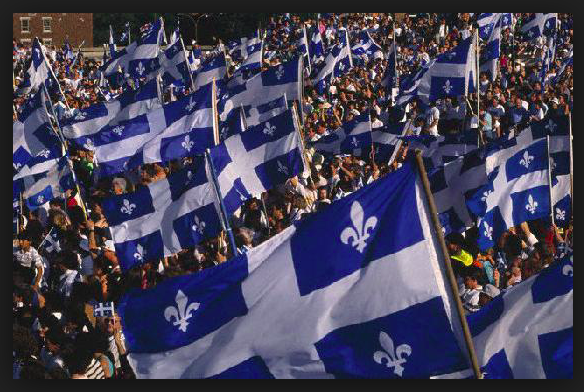
Living in Norway for seven years, we were bitten by the bug of the Scandinavian Midsummer. In different parts of the country Norwegians have their own traditions but when celebrating in Oslo we were often reminded that “it’s really a Swedish holiday” – that’s where you really want to go for the hard-core celebrations, dancing around poles, fancy costumes and all. In either country it is of course a fantastic opportunity to celebrate – the longest days of the year, a reason to stay up late, be outside, breathe the air and celebrate life. When the kids were very small, we joined a Swedish-style celebration at Oslo’s outdoor folk museum and I was amazed to find myself letting them splash around in a pond with other kids well past 11pm – this was some serious hair-letting-down going on around us. Bonfires were to be found, parties were held late into the night and there was always a sense of holiday about it. Midsummer has such a resonance there, it’s in people’s blood. But it wasn’t in mine and it felt like someone else’s celebration. It wasn’t part of my upbringing, except for those hazy memories of the stone fields in the dark.
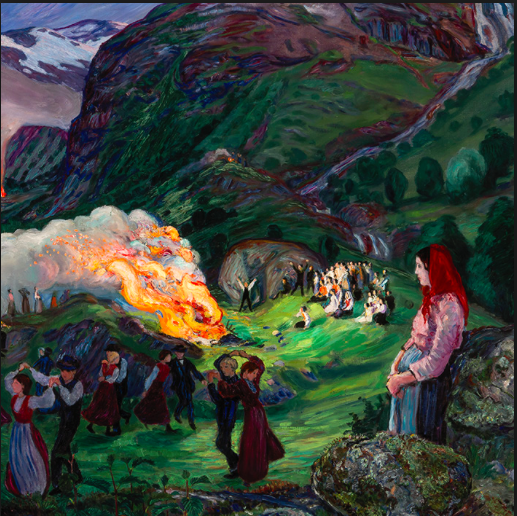
So here we are in Florence – where the patron saint is none other than St John. San Giovanni. And they’ve been celebrating him since medieval times, none better to do so. In Roman times, Florence’s patron was the god Mars and early Christians figured that St John was a good enough match for him, so he became the patron saint. The wonderful Baptistry in front of the Duomo is of course named for him. But what does it means for us newcomers – we have a public holiday tomorrow, we can watch a costumed parade with church celebration which includes the showing of whatever relics Florence got of St John himself, enjoy tomorrow night’s big fireworks show and – if we had the stomach for it – watch some of the calcio storico match/fight going on outside Santa Croce. This is Florence’s less savoury equivalent to the genteel palios of Siena and other cities, a rough, no-holds-barred form of combat where four teams representing the quarters of the city fight over a ball. Maybe we can watch some online afterwards (after enjoying further reruns of the amazing goal from last night’s Ireland-Italy victory!)
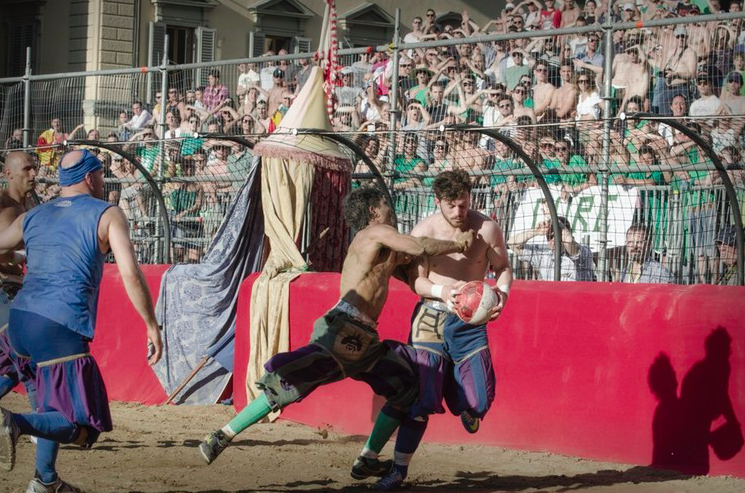
June 24, our first midsummer in this place, still at a remove from all the places we have lived and loved, but full of opportunity to learn more, see and taste more.
Wash your Language is a blog about real life and language, by an Irish-Canadian exploring the change in pace in Italy after years in Norway. I offer web copyediting and proofreading as well as translation from Norwegian to English and Italian to English. Read more.